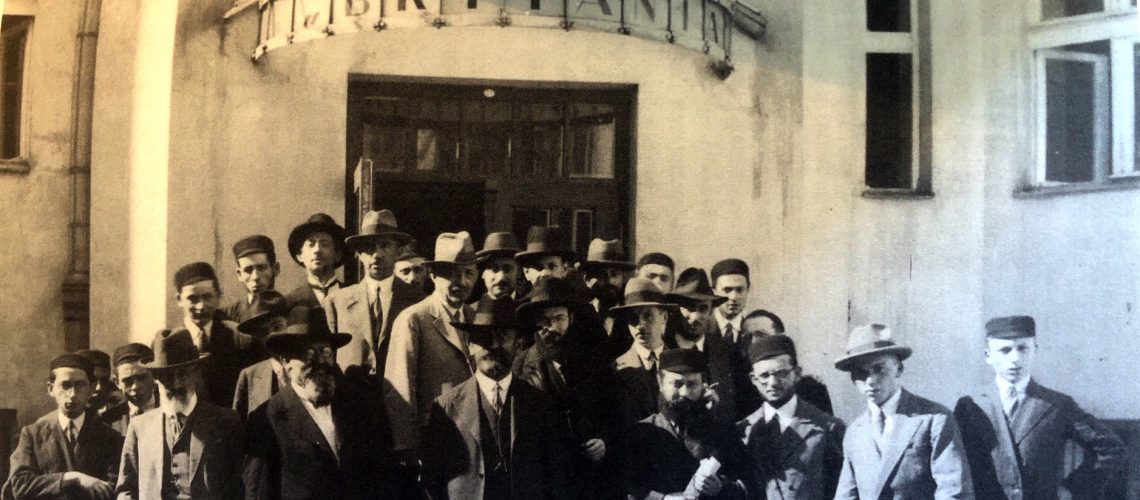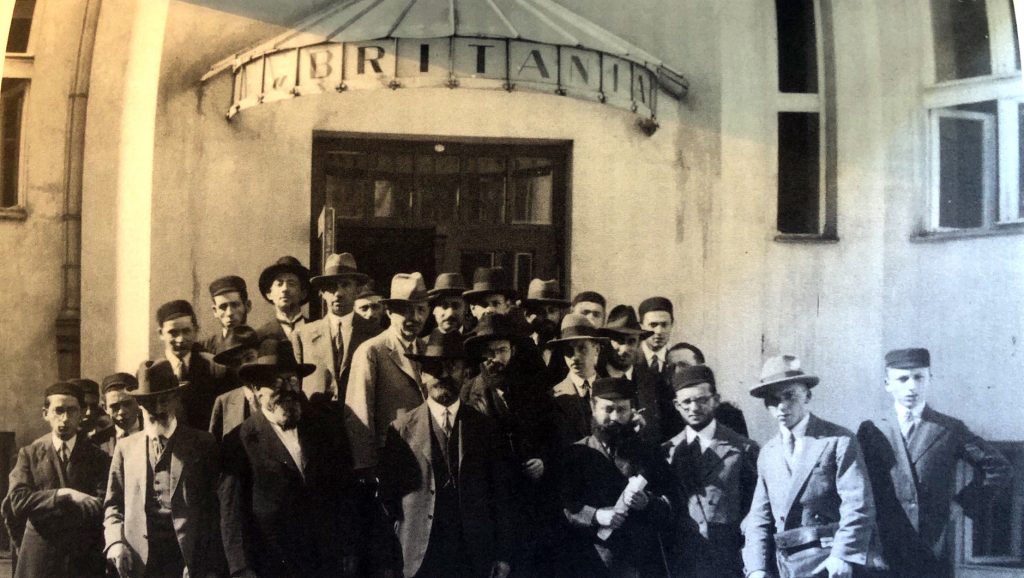
During the interwar period, Bais Yaakov embraced a far more diverse cast of characters than it does today. It was part of the charm of the system that girls from circles that would not ordinarily meet could get to know one another, outside their families and usual contexts. A “skeptic” like Gutta Eisenzweig (Sternbuch), who was sent to the Krakow Teachers’ Seminary by her concerned Orthodox parents (she was soon won over by the brilliance and compassion of Yehuda Leib Orlean, the director), met young women who had left their secular homes to “return” to Orthodoxy. At the seminary, daughters of Hasidic leaders studied and lived alongside the daughters of heads of Lithuanian yeshivas as well as ambitious young women from more modest families who had won a scholarship to attend.
Agudath Israel, the political organization of world Orthodox Jewry, was similarly diverse, originating in an alliance that brought together neo-Orthodox Jews from German lands with leaders of the various factions of East European Orthodoxy. In the Agudah, a Hasid like Tuvia Horowitz could meet a German visionary baal-teshuva like Nathan Birnbaum, or a Munich-based poet like Eliezer Schindler. Agudah provided a home not only for rabbis, activists and administrators, but also for artists, visionaries, and poets.
The encounter between East and West that gave birth to the Agudah and was so central to the development of interwar Orthodox culture gave rise to a particular form of travel: the journeys of western Orthodox Jews to the East European heartland, to witness the richness of life in Poland and the fascinating new experiments that were part of interwar Orthodoxy.
Bais Yaakov was a major feature of this landscape, and the educated and passionate young women at the heart of the movement attracted admiration and attention from a wide range of “tourists” and “distinguished guests.”
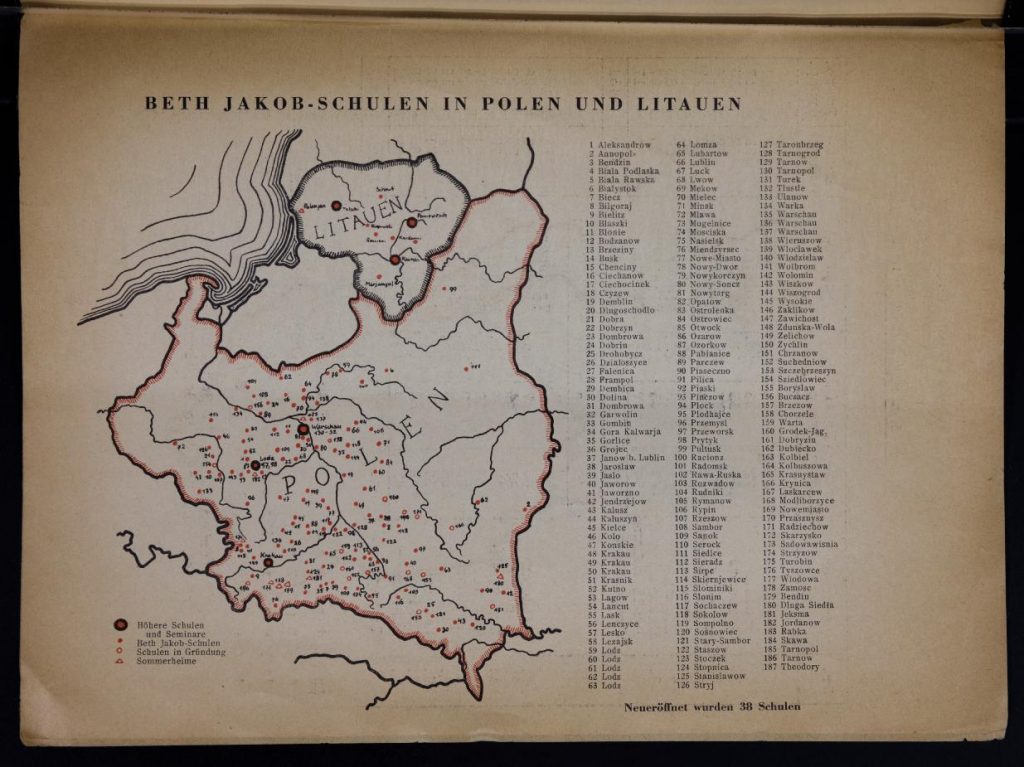
Even secular writers and journalists were curious.
In the town of Kalisz people gathered outside the local school to hear the girls sing the Kabbalat Shabbat service. The Yiddish press has many stories of visitors from abroad, including the United States, who would witness examinations and graduations, marveling at the students’ erudition and piety. Even more picturesque was the sight of girls and young women learning Torah under the trees in Rabka and other summer colonies, and we know that rabbis from both east and west were regularly invited to see them in action.
Bais Yaakov is a different phenomenon now, less of a pioneering experiment and more an attempt to solidify the enormous gains Orthodoxy has made in recent decades. The schools themselves, especially in urban centers, are more homogeneous in the populations they serve. But there are still colorful characters at the margins of this scene, particularly among those who take an active interest in the interwar history of the Agudah and Bais Yaakov.
If you don’t believe me, it’s because you haven’t met Robbert Baruch. Robbert contacted me a few months to correct an error I had made in the book. (This is one major way I get to meet readers, and no—I don’t mind being corrected, particularly by someone as interesting and generous as Robbert!) I had misdated a map of Bais Yaakov schools in the book, basing my date on the publication year of the book in which it had appeared (1934).
As it turns out, Robbert knew a lot more about the map than just its correct date.
The map was produced in conjunction with a 1931 tour of Poland taken by eighteen men associated with the Agudah and its educational foundation, Keren HaTorah. The tour, which set out from Vienna in late July, visited the major points of Orthodox interest in Austria, Czechoslovakia, Poland and Lithuania, meeting with such luminaries as the Chofetz Chayim and seeing the impressive new Yeshivat Chochmei Lublin.
They also visited the old and new seminary buildings in Kraków, meeting there with Sarah Schenirer, and stopped also in Rabka, the spa town south of Kraków that was the site of the Bais Yaakov summer professionalization program.
A report on the 1931 Agudah trip in the May 1995 issue of The Jewish Observer, the contemporary Agudath Israel of America’s publication which ran from 1963 to 2009.
So why was Robbert so interested in this tour?
When I spoke with him a few days ago, he explained that he was raised in a Dutch-Jewish Communist family, in which the Holocaust was both ever-present and unspoken. As a young adult, he sought out Jewish life, soon turning to Jewish student activism where he rose through the ranks, eventually working with Jewish student groups in the Soviet Union, East Germany, and Poland. He spent a few years in Israel, studying first at Tel Aviv University and then at Yeshivat Machon Meir. Back in the Netherlands, he earned a degree in political philosophy, worked in local politics, established himself as a lobbyist for the European music industry, married, and had kids.
But in the summers, when his children go off to Habonim summer camp, he gets on his motorcycle and spends a few weeks of his vacation on the road.
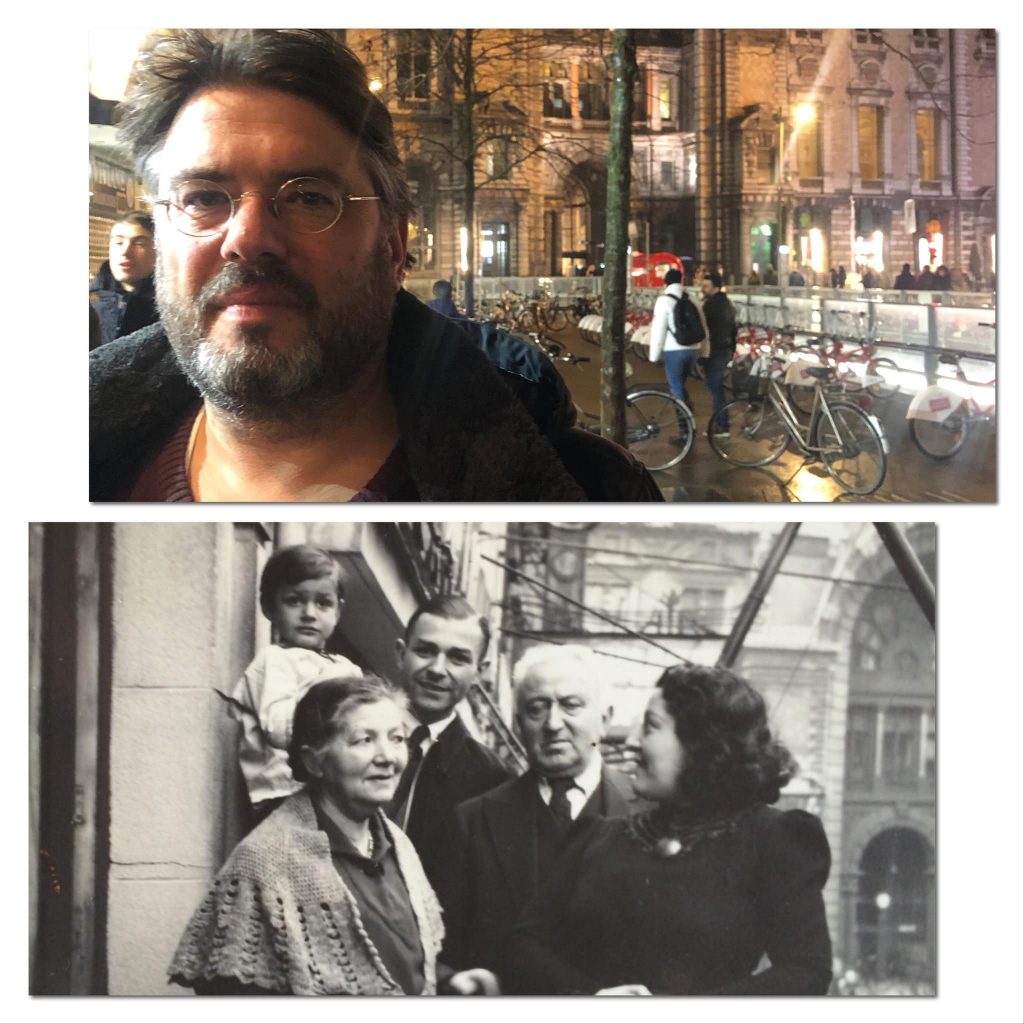
One of the first and longer ones of these trips, in 2014, was to Sobibor, where his great-grandparents and other members of his family were murdered. In the summers since then, the trips also included a historical element: He followed both the Eastern and Western fronts of WWII, traveled through Gallipoli, traced the history of the Spanish civil war where an uncle fought in the International Brigades, and toured the Jewish landmarks of North Africa.
Day 7 of Robbert Baruch’s 2014 summer trip. View on YouTube for a playlist of his trip.
This summer, he is tracing the 1931 tour of Eastern Europe undertaken by those eighteen men (and led by a cousin of mine, David Turkel). He intends to go to every town they visited, admire every natural landmark they mention, see every building that still stands.
He has pored over the existing accounts of the trip, which have some interesting discrepancies. He will have a video camera on his helmet, and he will also be followed by a drone. The trip, “From Vienna to Vilna,” can be followed on Robbert’s Facebook page, and we hope to keep tabs on him through the Bais Yaakov Project website, as well.
When I asked him what he expects to find of a world so thoroughly destroyed, Robbert answered that he never knows what he will find before he sets out. But something always comes up—he’ll meet someone who knows someone who can tell him a story, or show him someplace he should see. In any case, something important and unexpected always happened.
He added that he intends to spend the first Shabbat of his trip in Kraków, but isn’t sure where. If you’re there, and see him around, say hello from me.
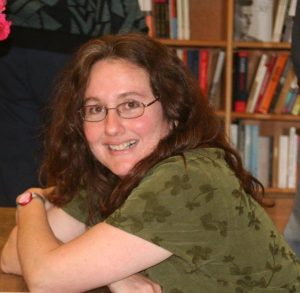
Naomi Seidman is the Chancellor Jackman Professor of the Arts in the Department for the Study of Religion at the University of Toronto and a 2016 Guggenheim Fellow; her 2019 book, Sarah Schenirer and the Bais Yaakov Movement: A Revolution in the Name of Tradition, explores the history of the movement in the interwar period.

